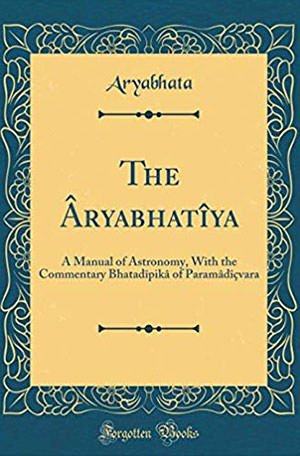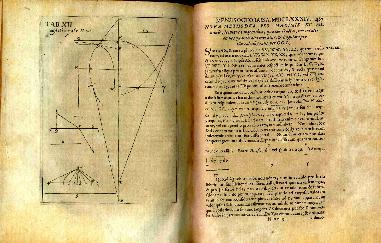Aryabhata The Elder

Born in Vikram Samvat 533 (476 AD) in the Gupta Era, in Kusumapura (Pataliputra), Aryabhata is one of the first known great astronomers and mathematicians. He is also known as Aryabhata I or Aryabhata The Elder. He studied at the University of Nalanda (one of the oldest universities in the world).
One of the primary books he wrote (now lost), Aryabhatta Siddhanta shows his astronomical works to assign the start of each day to midnight. It was circulated majorly in northwest India and influenced Islamic astronomy.
His other main book, Aryabhatiya was popular in South India, in which he mentioned that the day is from one midnight to another. Aryabhata’s system of phonemic number notation represented by a consonant-vowel monosyllable has three sections: गणित (Ganit- Mathematics), काल क्रिया: (Time Calculation), and गोल (Sphere).
In गणित (Ganit- Mathematics), he named the first ten decimal places and gave algorithms for obtaining square and cubic roots, using the decimal number system. With this method, he employed 62,832/20,000 (=3.1416) for π. He developed properties of similar right-angled triangles and two intersecting circles. He obtained one of the two methods for constructing his table of sines. He further realized that second-order sine difference is proportional to sine. Mathematical series, quadratic equations, compound interest, proportions, and solutions to various linear equations are among the arithmetic and algebraic topics included in his book.
With काल क्रिया (Kaal Kriya), Aryabhata switched to astronomy in particular, treating planetary motion along the ecliptic. He explained various time units, eccentric and epicyclic models of planetary motion, and planetary longitude corrections for different terrestrial locations. He introduced a theory of “Lords of Hours and Days” (an astrological concept used for determining propitious times for action).
In गोल (Gol – The Sphere), he applied plane trigonometry to spherical trigonometry. He projected points and lines on the surface of a sphere onto appropriate planes. He included the prediction of solar and lunar eclipses and an explicit statement that the apparent westward motion of the stars is due to the spherical Earth’s rotation about its axis. Aryabhata also correctly ascribed the luminosity of the moon and planets to reflect sunlight.
The Indian government honoured him by naming the first Indian satellite after him in 1975.



